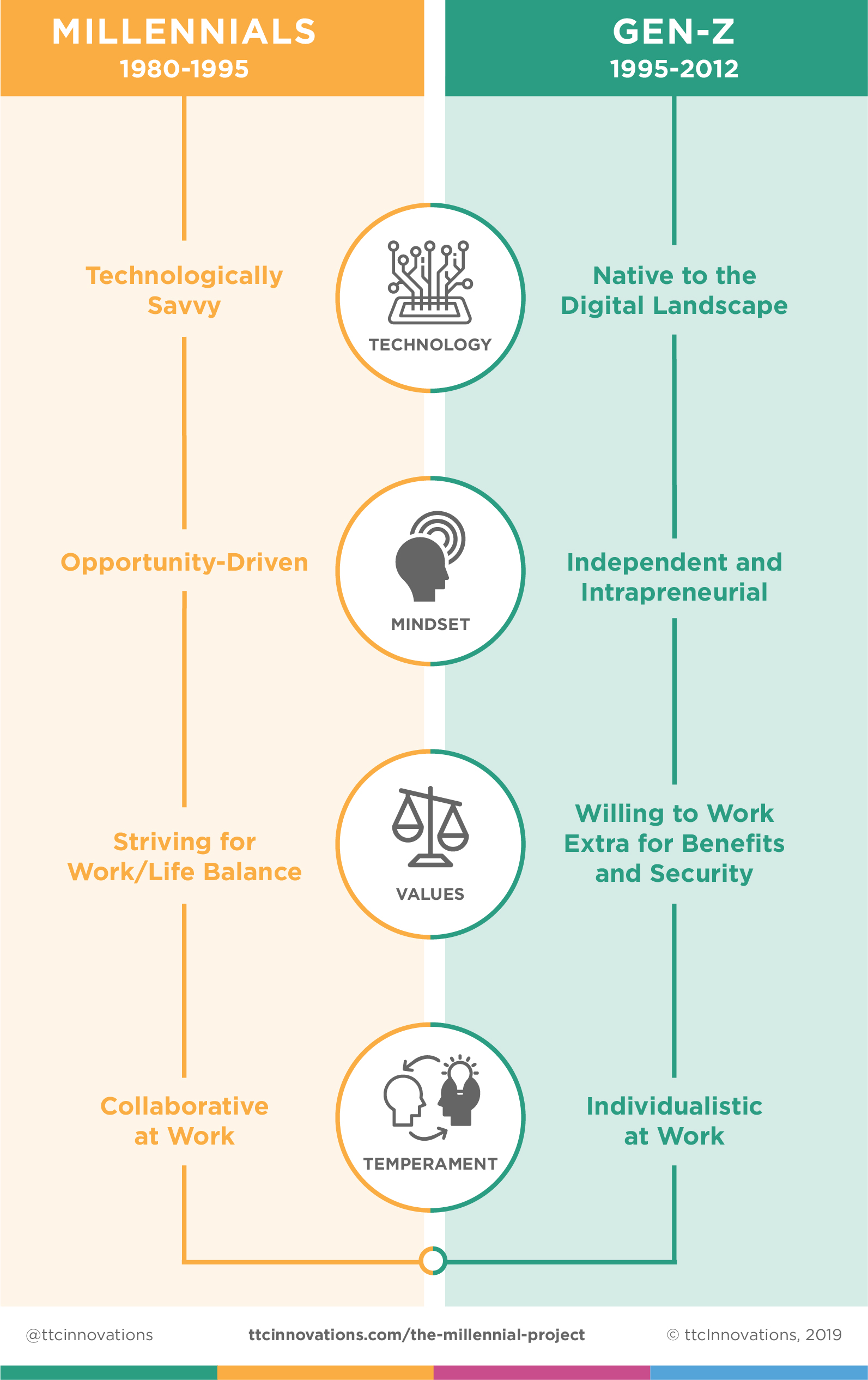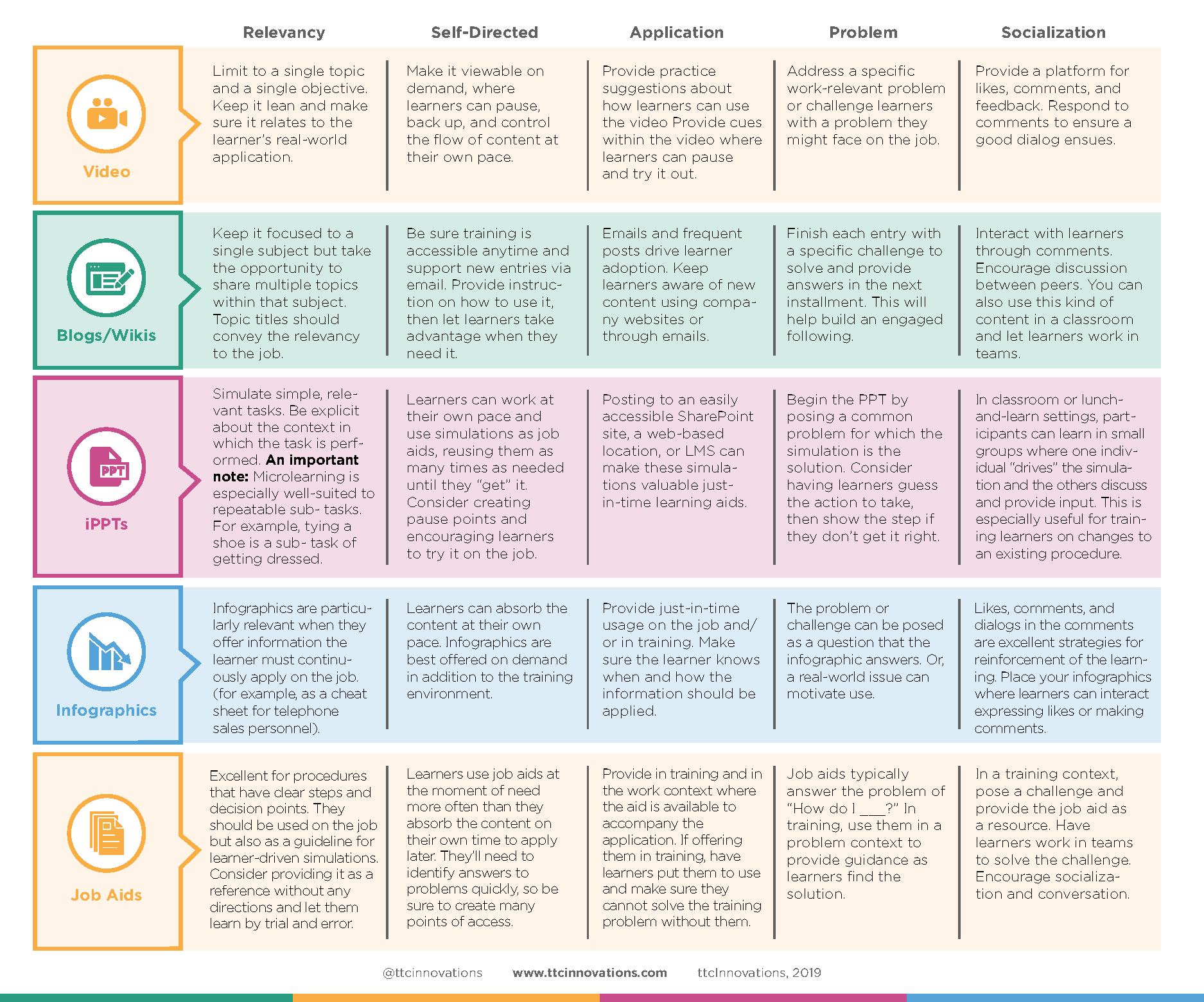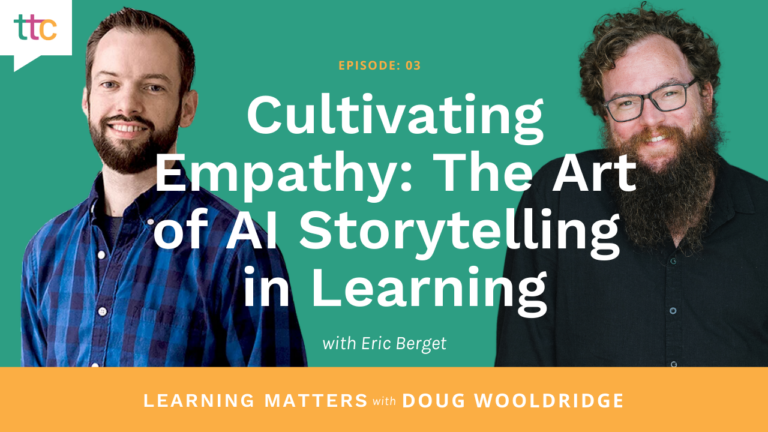Today’s audience expects their learning content on-demand, in bite-size chunks, and highly relevant to their immediate needs. As a result, many companies are choosing to replace instructor-led classroom training with online microlearning. In this blog, we’ll explore effective methods to create impactful microlearning while keeping the costs low.
What is Microlearning?
Microlearning has been defined in various ways since its inception. Many define it in terms of length (for example, fewer than five minutes), but I prefer to consider ease of use as the criteria rather than duration. It’s much more useful to ask, “Can the learner find the information, or learn the skill they are seeking, quickly and easily?” For our purposes, I will define microlearning as well-organized, bite-size informational units or activities that are easily digestible and manageable. A microlearning unit might have several parts or simulate a single task; the “micro” litmus test is that the learner can find the needed information quickly (perhaps via a menu) and arrive there in a single click. Or, the learner should be able to navigate easily within a simulation to find just the subject that is problematic for them. Think Google, YouTube, or Wikipedia-style quick reference rather than classroom or sequential training.
The following infographic describes the key elements that make for high-impact and low-cost training. When you’ve had a look, read on to see how to leverage that through microlearning.

Microlearning Best Practices
Here are some important best practices to follow when creating great microlearning.
Stick to one learning objective: For microlearning to be effective, it needs to be targeted to a specific, small topic. Limiting the learning unit to a single objective helps keep you and the learner focused.
Keep it lean: When you design the content for your microlearning, continuously ask yourself, “Does the learner need to know this right now in order to understand the information or perform the task?” If the answer is yes, follow up with, “What would happen if they didn’t know it?” The content should be direct and to the point; be ruthless in eliminating any information that is not an absolute must.
Apply good instructional design principles: Just because your training unit is more focused than longer forms of instruction doesn’t mean that you should forgo good instructional design. In fact, you want to be even more rigorous in considering the cognitive load to the learner. Play and humor are crucial elements that will help learners acquire and retain knowledge. Socialization is equally important. Don’t forget that learners retain significantly more information by talking about what they are learning than they do just by reading or listening. So, consider incorporating ways to encourage interaction and engagement.
Make it available on-demand: Think about how often you Google for information or watch a YouTube video to learn how to do some DIY project. Would you be as likely to absorb the information if you had to wait until the class was offered to learn it, or if you had to wait a week before you could use what you learned? Making training available and easily accessible for self-service increases the impact and retention of the training. Microlearning can easily be offered through cloud-based environments such as websites, SharePoint sites, or a learning management system (LMS).
Be creative: Here are some powerful and innovative ways to integrate low-cost delivery mechanisms using high-impact standards:

Now that you know how to create great microlearning, take advantage of opportunities for this kind of build. And don’t forget that ttcInnovations offers expert consulting services should you need a little extra help getting off the ground with your microlearning planning, design, or development.

On-Demand Webinar
The Five Guiding Principles of Effective Microlearning: When and where to incorporate microlearning into your training strategy.
For more information on microlearning, check out this webinar: The Five Guiding Principles of Effective Microlearning. Then, if you need more hands-on guidance, connect with Debbie to learn about our bite-size custom learning solutions! We would love to help you build an effective and innovative microlearning library for your learners’ needs.









